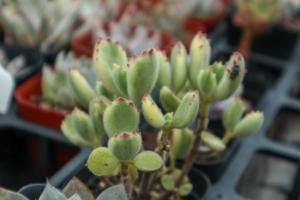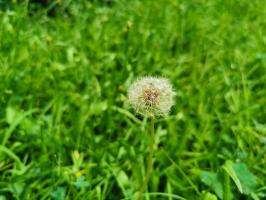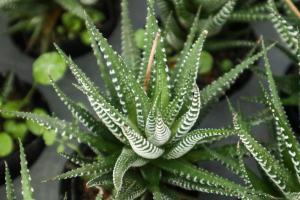How to Make Clay Soil Good for Planting
Clay soil is dense and heavy, making it difficult for roots to penetrate and for water to drain through. However, with proper preparation and amendments, clay soil can be transformed into a fertile growing medium. Here are some tips on how to make clay soil good for planting.
1. Test Your Soil's pH
Before you start, it's important to know the pH level of your soil. You can buy a pH testing kit at a garden center or send a soil sample to a testing laboratory. Clay soil tends to be more alkaline, with a pH of 8.0 or higher. If your soil is too alkaline, you can add gypsum to lower the pH.
2. Amend Your Soil
Add organic matter to your soil to improve its structure and increase its ability to hold water. Compost, leaf mold, and well-rotted manure are good choices. Spread a layer of organic matter over the top of the soil and till it in to a depth of 6 to 8 inches. This will also help to break up the clay and make it easier for roots to grow.
3. Consider Raised Beds
If your soil is too heavy to work with, consider building raised beds. This will allow you to control the quality of the soil and improve drainage. Use a mixture of soil, compost, and sand to fill your beds. The sand will help to break up the clay, while the compost will add nutrients to the soil.
4. Plant Cover Crops
Cover crops such as clover, rye, and buckwheat can be planted in the fall and tilled into the soil the following spring. They help to improve the soil structure and increase organic matter. In addition, cover crops can help to prevent erosion and suppress weeds.
5. Mulch Your Soil
Mulching your soil will help to retain moisture and regulate soil temperature. Use a 2- to 3-inch layer of mulch, such as straw, leaves, or wood chips. Make sure to keep the mulch away from the stems of your plants to prevent rotting.
6. Be Patient
Transforming clay soil takes time and patience. It may take a year or more before you see significant improvements in your soil. However, with consistent care and maintenance, you can turn your heavy clay soil into a thriving garden.
By following these simple tips, you can make clay soil good for planting. Remember to test your soil's pH, amend it with organic matter, consider raised beds, plant cover crops, mulch your soil, and be patient. With a little effort, you can enjoy a beautiful and productive garden.

 how many times do yo...
how many times do yo... how many planted tre...
how many planted tre... how many pine trees ...
how many pine trees ... how many pecan trees...
how many pecan trees... how many plants comp...
how many plants comp... how many plants can ...
how many plants can ... how many plants and ...
how many plants and ... how many pepper plan...
how many pepper plan...





























